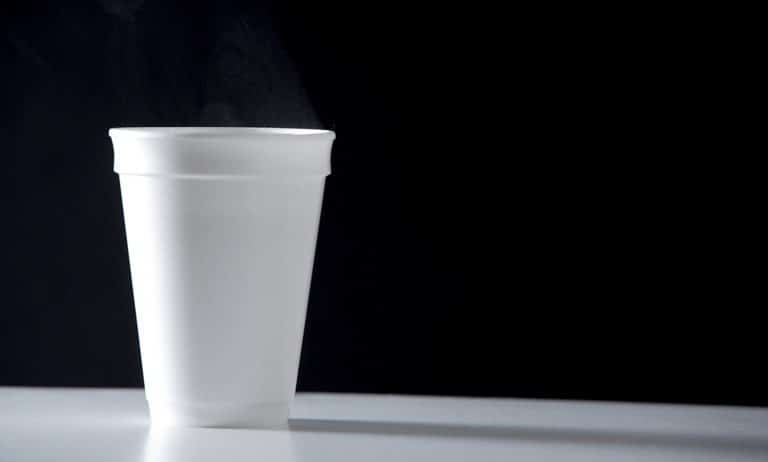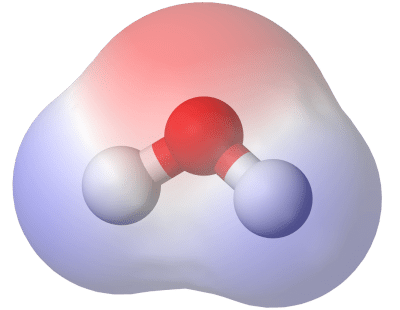Does Fish Oil Dissolve Styrofoam?

Does Fish Oil Dissolve Styrofoam?
All oil (fish oil, olive oil, canola oil, etc.) will dissolve Styrofoam with enough time. Some types of fish oil will dissolve Styrofoam very fast. Others do it much slower. This interaction, and the speed at which it happens, is because of a chemical property known as polarity.
Polarity is Why Oil and Styrofoam Interact
Polarity is a way to describe the electric charge of molecules. Water is a polar molecule. It has two hydrogen atoms that create a positive charge at one end of the molecule. An oxygen atom creates a negative charge at the other end of the water molecule. The oppositely charged ends are what make water polar. Oil is nonpolar. Unlike water, oil does not have different charges at each end of the molecules.

Differences in polarity explain many chemical interactions. In general, similar compounds will mix together and opposites will separate. In the chemistry world, it is known as the “like dissolves like” rule.
It explains why oil (nonpolar) separates from water (polar), yet salt (polar) dissolves in water. Or how fingernail polish remover (nonpolar), removes fingernail polish (nonpolar) from nails. It is also why oil dissolves Styrofoam. Both are nonpolar compounds.
Different Types of Fish Oil, Dissolve Styrofoam at Different Rates
Polarity can vary in strength. Molecules can be very polar, slightly polar, slightly nonpolar, very nonpolar, or anywhere in between. All fish oil is nonpolar. But some are more nonpolar than others.
Fish oil in the form of ethyl esters is very nonpolar. In the form of triglycerides it is much less nonpolar. The more nonpolar the fish oil, the faster it will dissolve other nonpolar substances like Styrofoam.
Do Different Types of Fish Oil Have Different Health Benefits?
The two types of fish oil may differ in their ability to dissolve Styrofoam, but their health benefits are the same. Both types of fish oil are well absorbed and used by the body. They both provide the same omega-3 fatty acids (EPA and DHA). They both have a large amount of clinical research supporting their use and health benefits.
The primary difference between the forms is their omega-3 concentration. The ethyl ester form of fish oil (dissolves Styrofoam faster), can be more concentrated than the triglyceride form. This means that it will take a larger dose of triglyceride fish oil, to get the same amount of omega-3 fatty acids.
When choosing a fish oil product, its ability to dissolve Styrofoam should be your last concern. Instead, the purity of the product and its omega-3 dosage should be your determining factors.


